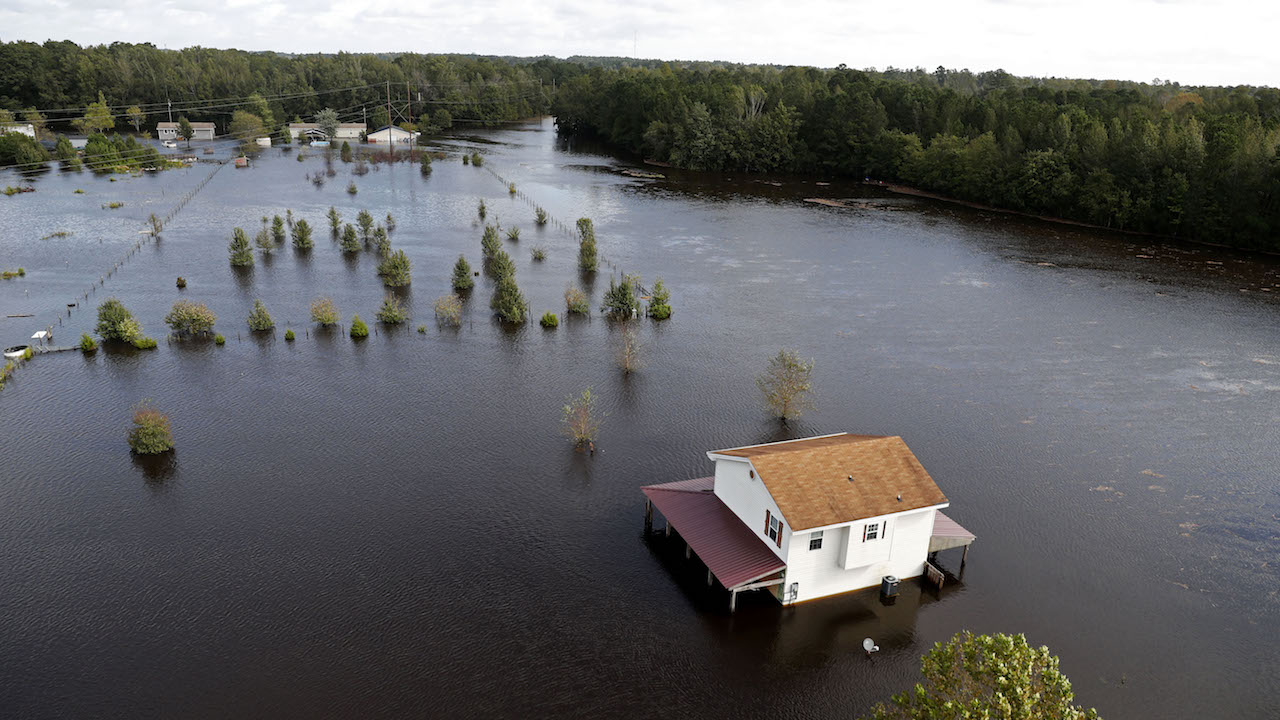
In the wake of catastrophic floods in eastern North Carolina from hurricanes Matthew and Florence and western North Carolina from Tropical Storm Fred, legislators want to reduce the devastating impact of such storms.
In the 2021 budget, the N.C. General Assembly tasked and funded the Department of Environmental Quality (DEQ) with creating the North Carolina Flood Resiliency Blueprint. The Blueprint was supposed to identify the major watersheds prone to flooding by assessing flood risk, identify data gaps, and offer recommendations to reduce flood risk for each target watershed. As part of the Blueprint, an online tool is being developed to guide decisions and strategies that reduce the likelihood and impact of flooding.
Now, the Joint Legislative Commission on Governmental Operations Subcommittee on Hurricane Response and Recovery wants concrete answers for where the Blueprint stands. DEQ Secretary Elizabeth Biser and John Dorman and Dave Canaan from AECOM, the contractor selected to produce the plan. will testify to report on how the $20 million appropriation from the legislature has been spent and what results they have to show for it. They are expected to explain how the Blueprint is fulfilling the requirements set by law passed in 2021: “A successful blueprint should ultimately lead to a prioritized set of projects and funding strategies that the State can implement.”
“Two years ago, we passed this legislation and entrusted DEQ with the responsibility to protect our citizens and mitigate the severity of major flooding,” House Majority Leader and Co-Chair John Bell (R-Wayne) “It’s time for DEQ to show what the department has done with the state’s money and its trust.”
The Joint Legislative Commission on Governmental Operations Subcommittee on Hurricane Response and Recovery will meet Tuesday, January 23 at 10 a.m.